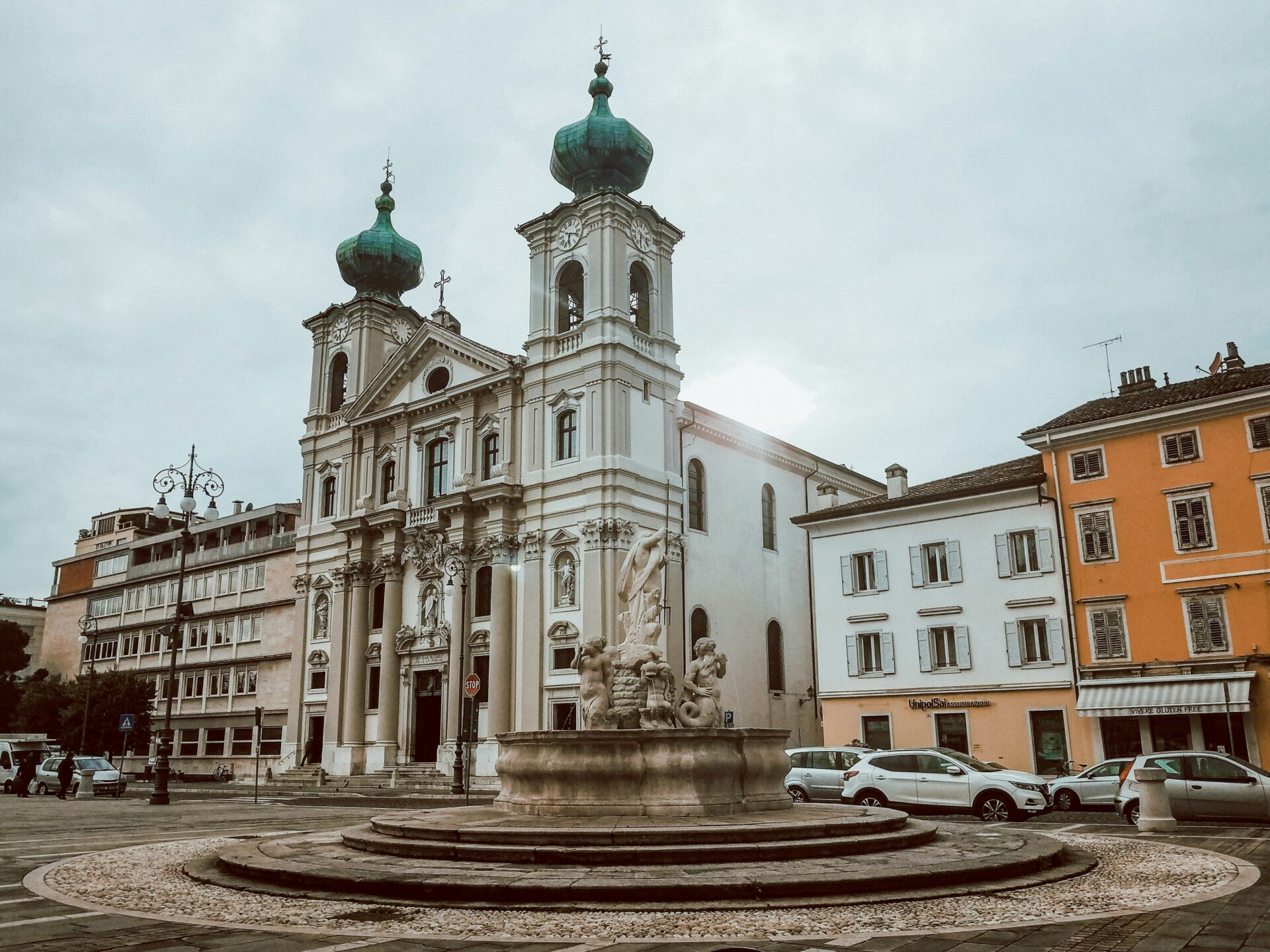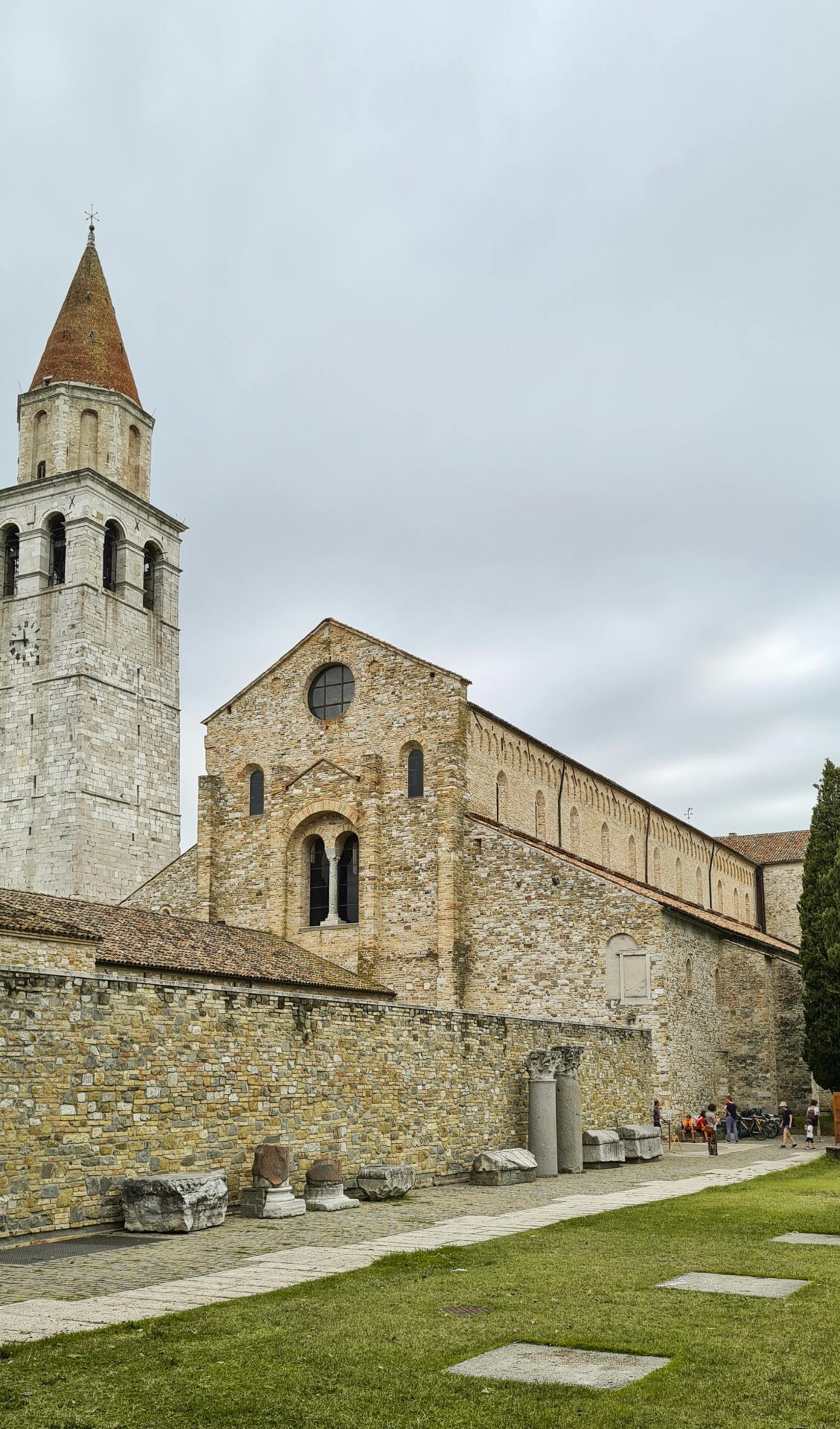Walking along the border between Gorizia, Italy, and Nova Gorica, Slovenia, I’m struck by how a single urban area can tell such a powerful story of division and reunion.
In 2025, these twin cities will make history as they become the first European Capital of Culture, branded as Go!25. What once stood as a symbol of Europe’s painful Cold War divisions has transformed into a celebration of unity, where two countries share not just a border but a vibrant cultural identity.
The story of Gorizia is fascinating – once a single Italian city, it was split in 1947, with part becoming Nova Gorica in Yugoslavia (now Slovenia).

Today, I can cross between countries with ease, sampling local Brda/Collio wines that grow on both sides of the border.
The invisible line that once divided families now brings people together through food festivals, art installations, and music events.
I’ve spent days exploring both sides, watching how locals move seamlessly between Italian and Slovenian cafés. The upcoming cultural celebration will feature over a thousand performers crossing national borders in symbolic journeys.
It’s amazing how these borderless communities have turned their challenging history into something beautiful – a lesson in how culture can heal even the deepest divisions.
A Tale of Two Cities: Gorizia and Nova Gorica
The unique story of Gorizia and Nova Gorica represents one of Europe’s most fascinating border tales. These twin cities, once unified, now span two countries yet share a deep cultural bond that transcends national boundaries.
Historical Divide and Unification
Walking through these sister cities today, it’s hard to imagine they were once a single community. Gorizia has a rich Habsburg past, serving as an important regional center for centuries. After World War I, the city became part of Italy, maintaining its historical identity.

The dramatic change came in 1947 when the Paris Peace Treaty redrew Europe’s map. The border sliced through neighborhoods, separating families and friends overnight. Many Slovenians suddenly found themselves in Italy, while others remained east of the new boundary.
I’ve spoken with elderly residents who still remember this painful division. They describe how relatives would wave to each other across the border, unable to cross freely. This artificial division created two distinct urban centers with separate development paths but a shared cultural heritage.
The Impact of World War II
World War II devastated this region, leaving deep scars on both sides of what would become the border. When Italy surrendered in 1943, German forces quickly occupied Gorizia, bringing harsh repression to the area.
After the war, Yugoslavia claimed the territory as war reparations. The new border didn’t follow ethnic lines but strategic considerations, cutting through communities. Nova Gorica was built from scratch on the Yugoslav side – a planned socialist city designed to replace what Slovenia had lost.
I’ve visited the Railway Station building that sits directly on the border. Half stands in Italy, half in Slovenia – a powerful symbol of division. For decades, this border represented the edge of Western Europe, part of the Iron Curtain separating two political systems. Families were divided, properties split, and daily life disrupted by this new reality.
Modern Day Coexistence and the ‘Go! Borderless’ Initiative
Today, I find these cities embracing their unique position. When Slovenia joined the EU in 2004 and the Schengen Area in 2007, the physical border disappeared. People now cross freely between countries, often multiple times daily.
The cities’ selection as European Capital of Culture 2025 under the slogan “GO! BORDERLESS” celebrates this transformation. It’s Europe’s first cross-border Capital of Culture, highlighting themes of freedom and diversity that resonate deeply here.
I’ve participated in cultural events spanning both cities. Local theaters collaborate on ambitious projects that acknowledge the painful past while celebrating their shared future. The border square (Piazza Transalpina/Trg Evrope) hosts festivals where Italian and Slovenian cultures blend seamlessly.
Residents proudly embrace their unique position as citizens of Europe’s borderless cultural laboratory, demonstrating how divided communities can heal through creativity and cooperation.
Exploring the Historical Legacy
Gorizia’s rich past is etched into its architecture and cultural landmarks. The city’s unique position at the crossroads of Latin, Germanic, and Slavic worlds has created a fascinating historical tapestry that spans centuries of European history.
Austro-Hungarian Empire and the Habsburg Reign
The Habsburgs shaped Gorizia for nearly six centuries, leaving an indelible mark on the city’s identity. Walking through the old town, I can still feel their influence in the elegant architecture and layout of the streets.
During the Habsburg rule (1500-1918), Gorizia earned the nickname “Austrian Nice” for its mild climate and beautiful surroundings. The empire made the city a cultural melting pot where Italian, German, Slovenian, and Friulian communities coexisted.
The imperial family favored Gorizia as a winter residence. Many aristocratic families built palaces here, creating an atmosphere of refinement that persists today.
After World War I, the Habsburg era ended, but their cultural legacy remains visible in the city’s buildings, gardens, and multicultural character.
The Enigmatic Gorizia Castle
Perched on a hill overlooking both Gorizia and Nova Gorica, the medieval castle stands as the city’s most iconic landmark. I was captivated by its commanding views of both countries from its sturdy walls.
Built in the 11th century, the castle served as both a defensive fortress and noble residence. Its strategic position made it crucial for controlling the surrounding valleys and routes.
Inside, the Provincial Museum houses fascinating collections that tell the story of the region’s history. The medieval armor display particularly impressed me, showcasing the castle’s military importance.
The castle’s courtyard offers spectacular panoramic views of the divided city. On clear days, I could see all the way to the Julian Alps in the distance.
Religious and Cultural Milestones: Gorizia Cathedral and Chiesa di Sant’Ignazio
Gorizia Cathedral dominates the city’s religious landscape with its impressive Baroque façade. Built in the 14th century and renovated several times, it houses remarkable artwork including paintings by renowned local artists.
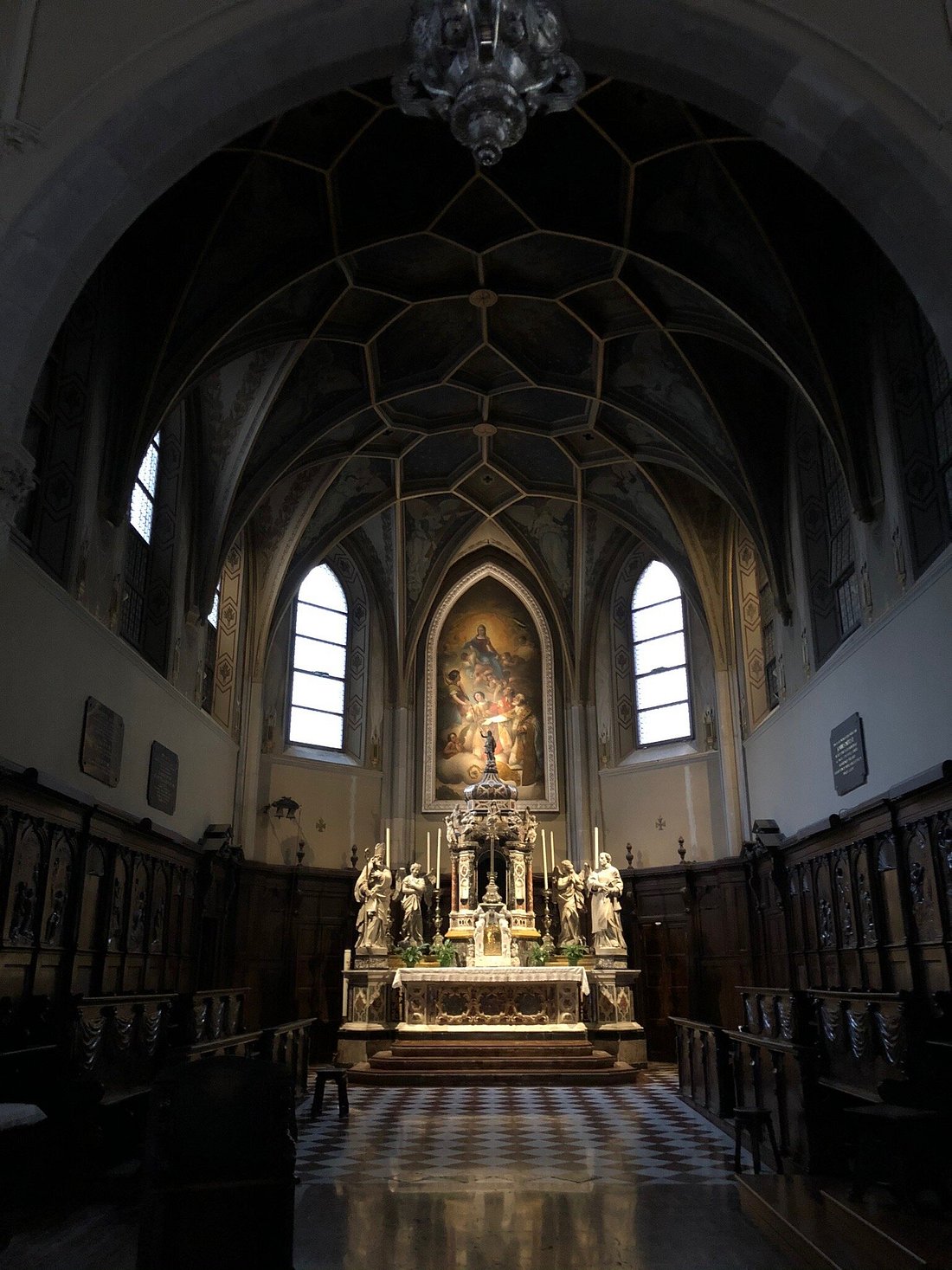
Image source: Tripadvisor
The cathedral’s bell tower offers another perspective of the city. I found the intricate stone carvings inside particularly moving, representing centuries of devotion.
Nearby, the Chiesa di Sant’Ignazio represents the Jesuit influence in Gorizia. Its beautifully preserved 18th-century interior features stunning frescoes and an ornate altar that left me speechless.
The church’s acoustics are exceptional, making it a venue for classical concerts. Attending an evening performance here was one of my most memorable experiences in the city.
Both buildings survived the border divisions, serving as anchors of cultural continuity through centuries of political change.
The Breathtaking Landscapes and Architecture
The border region between Italy and Slovenia offers some of the most stunning natural and architectural wonders in Europe. From impressive bridges spanning crystal-clear rivers to majestic Alpine views and perfectly preserved historic towns, this area combines natural beauty with human ingenuity.
The Isonzo River and the Solkan Bridge
The emerald-green Isonzo River (called Soča in Slovenian) is the crowning jewel of the landscape around Gorizia and Nova Gorica. I was mesmerized by its striking turquoise waters cutting through the valley, creating a natural border between the two countries.
The river is best appreciated from the magnificent Solkan Bridge, which spans 220 meters across the water. Built in 1906, this impressive stone arch railway bridge is the longest of its kind in the world constructed with stone blocks.
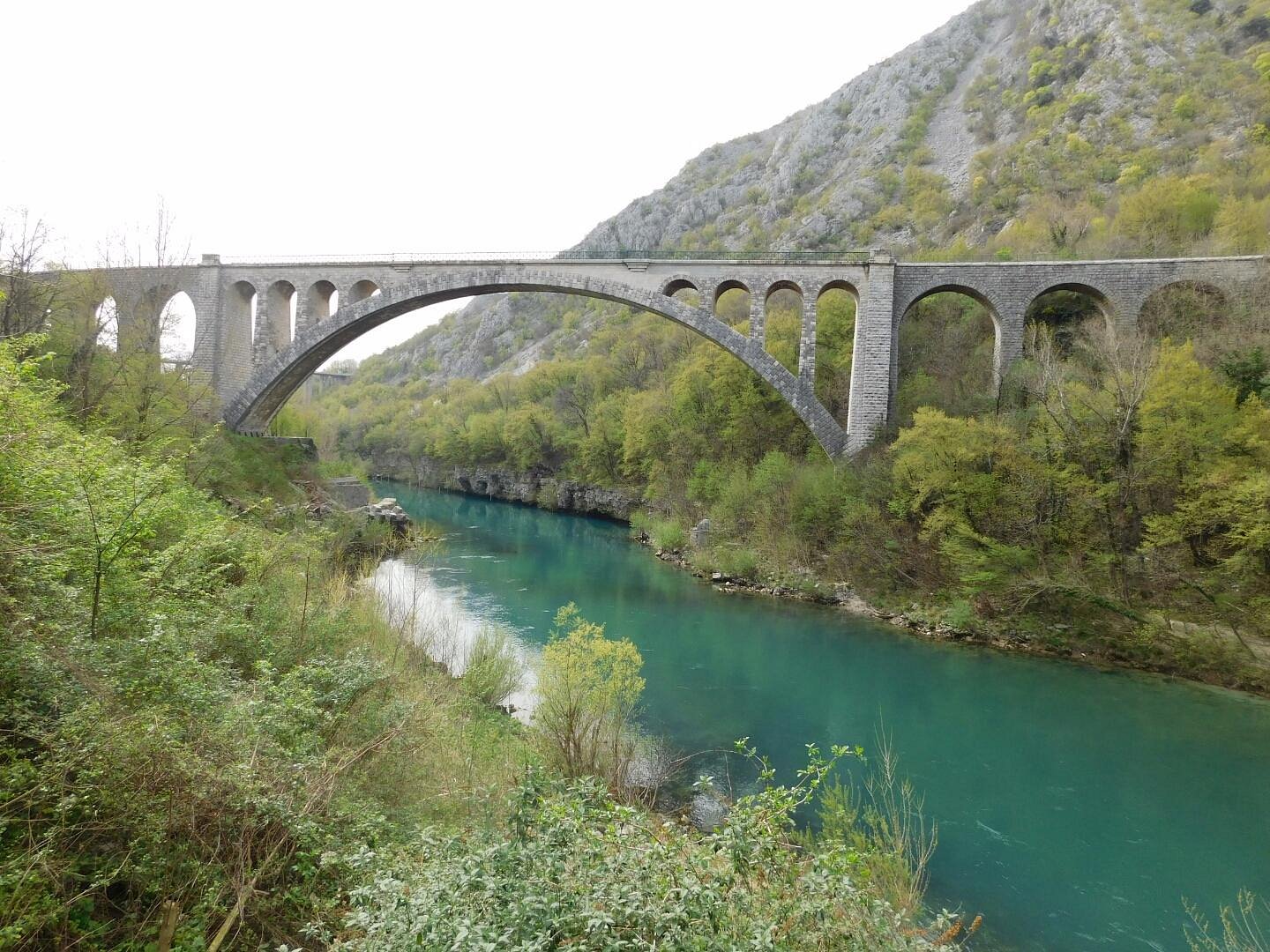
Image source: Tripadvisor
Standing on the bridge, I could see kayakers navigating the rapids below while hikers followed paths along the riverbanks. The area offers excellent spots for swimming in summer, though the water remains refreshingly cool even on the hottest days.
Venezia Giulia’s Alps: A Hiker’s Dream
Just north of Gorizia rise the magnificent Julian Alps, creating a dramatic backdrop to the border region. These mountains form part of Venezia Giulia, a historically significant area shared between Italy and Slovenia.
My favorite hiking trail begins at the Sanctuary of Monte Santo, climbing steadily through pine forests to reveal breathtaking panoramas of both countries. The elevation offers views stretching from snow-capped peaks to the Adriatic Sea on clear days.
The alpine meadows burst with wildflowers in spring, while autumn paints the landscape in warm oranges and reds. Small mountain huts dot the trails, offering hearty local cuisine and shelter for multi-day trekkers.
Wildlife enthusiasts will appreciate chances to spot chamois, alpine ibex, and golden eagles that make their homes in these pristine mountains.
Historic Communes: Palmanova and Aquileia
Within easy reach of Gorizia lie two architectural marvels worth exploring. Palmanova, just 30 minutes southwest, is a perfect star-shaped Renaissance town built in 1593 as a Venetian fortress.
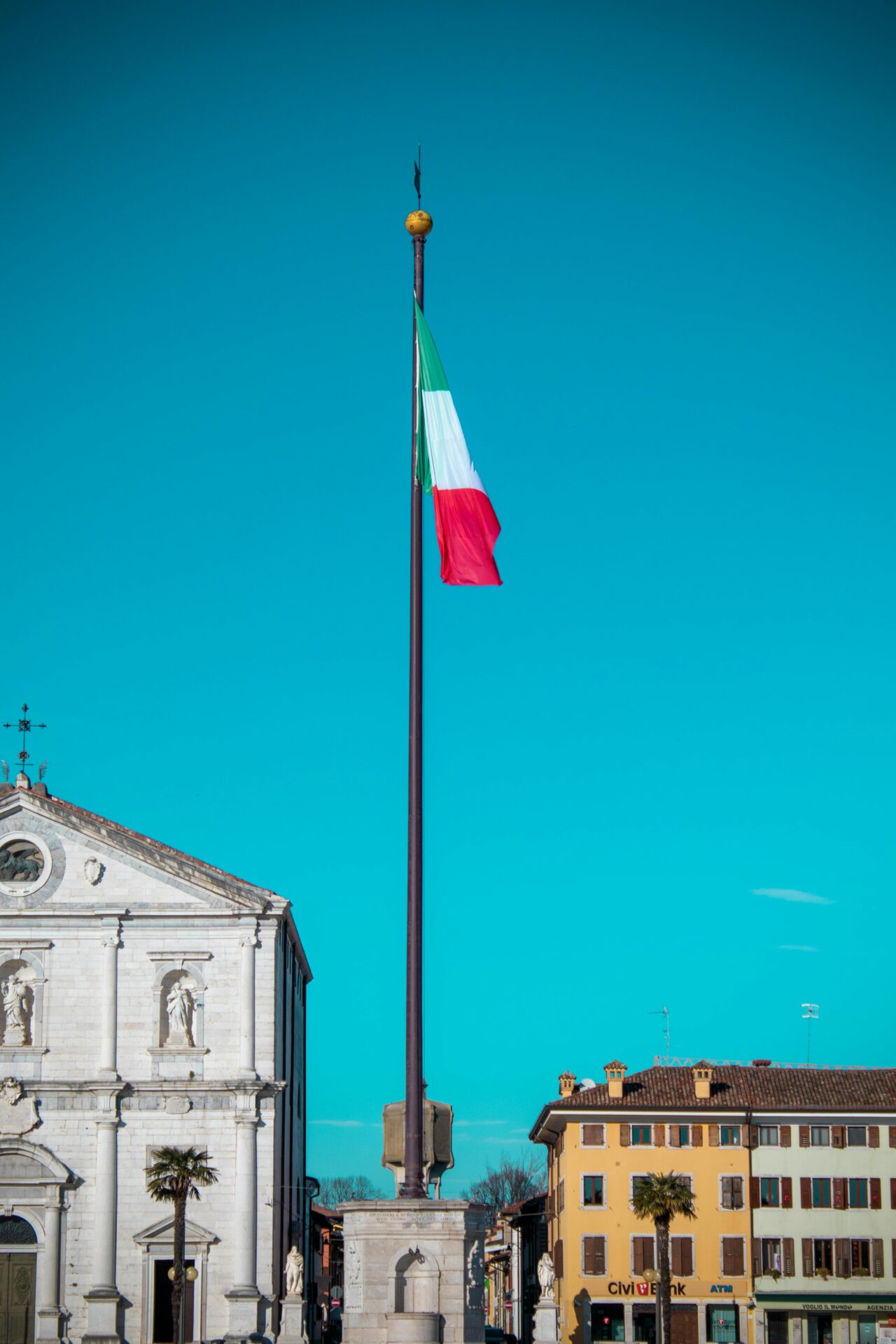
I spent hours walking along its distinctive nine-pointed walls and geometric streets that radiate from the central hexagonal plaza. The military precision of its design is best appreciated from above – local tour operators offer small aircraft flights for aerial views.
Further south lies Aquileia, once one of the Roman Empire’s largest cities. Its basilica houses an extraordinary 4th-century mosaic floor covering over 760 square meters. The archaeological area contains well-preserved Roman ruins including:
- Forum columns and streets
- River port remains
- Ancient burial grounds
- Impressive patriarchal basilica
These historic sites provide fascinating context to the region’s complex cultural identity and architectural heritage.
Cultural Crossroads and Events
The cities of Gorizia and Nova Gorica stand as living museums of cultural exchange where Italian and Slovenian traditions blend seamlessly. Their shared heritage creates a unique atmosphere where festivals, food, wine, and art transcend the physical border that once divided them.
Festivals and the Cultural Capital
Walking through Gorizia during festival season, I’m always struck by how celebrations spill across the once-rigid border. In 2025, both Gorizia and Nova Gorica will jointly serve as European Capital of Culture, marking a historic milestone for these twin cities.
The celebration plans include a stunning opening ceremony with over a thousand performers who will symbolically cross borders. This event demonstrates how far these communities have come since their 1947 division.
During my visits, I’ve seen how local cultural events draw participants from both sides. Traditional music festivals showcase Slovenian folk tunes alongside Italian classical compositions, creating a beautiful harmony that reflects their shared cultural identity.
Regional Delicacies and Local Wine Encounters
The culinary landscape of this border region offers a mouthwatering blend of Italian and Slovenian influences. I’ve spent many afternoons sampling dishes that tell the story of this diverse area.
In Gorizia’s markets, you’ll find:
- Jota: A hearty soup with beans, potatoes, and sauerkraut
- Frico: Crispy cheese pancakes from Friuli-Venezia Giulia
- Štruklji: Slovenian rolled dumplings with various fillings
The local wine culture is equally impressive. Vineyards stretch across borders, producing remarkable varieties that reflect the unique terroir of this transnational region.
I recommend visiting during harvest festivals when wineries open their doors for tastings. The Collio/Brda wine region, which spans both countries, produces exceptional white wines that have earned international recognition.
Artistic Expressions and Slovenian-Italian Unity
Art bridges divides in this unique border region. Galleries and museums in both Gorizia and Nova Gorica often feature collaborative exhibitions that explore their shared history and future.
I’ve attended several cross-border art installations where artists from both countries work together to create pieces that speak to unity and reconciliation. These creative expressions often incorporate elements from both cultural traditions.
Theater productions particularly showcase this cultural blend. An ambitious theater project is currently being created to mark the European Capital of Culture designation, bringing together performers from both sides of the border.
Public spaces throughout both cities display bilingual poetry and literature that celebrates their complex identity. When visiting, I make a point to attend readings where authors switch seamlessly between Italian and Slovenian.
Researching Gorizia’s History Through A Digital Lens
Modern technology has opened new windows into Gorizia’s divided past. Using digital tools, I’ve discovered fascinating insights about the city’s transformation after being split between Italy and Slovenia in 1947.
Historical Newspapers and Optical Character Recognition (OCR)
While visiting the University of Bristol, I connected with Professor Nello Cristianini. He showed me how OCR technology transforms old newspapers into searchable text. This has been revolutionary for my research on Gorizia’s history.
The Corriere di Gorizia, a local newspaper from the post-war period, provides incredible insights into how residents experienced the division. Before digitization, these fragile papers were difficult to access and search through.
Now I can track how language and sentiment changed in the months following the 1947 Treaty of Paris. The newspaper’s coverage reveals the initial shock and gradual adaptation of residents to their new divided reality.
OCR isn’t perfect. Italian dialects and faded print create challenges, but it’s still a game-changer for uncovering voices from this pivotal time.
Digital Humanities and the Slovenian Digital Library
The Slovenian Digital Library has been my virtual home for weeks. This remarkable resource houses thousands of digitized documents about Nova Gorica’s development after the border was established.
What makes this collection special is its comprehensive nature. I’ve found government planning documents, personal letters and diaries, photographs of the border’s construction, and oral histories from early residents.
The digital humanities approach allows me to connect these materials in ways impossible with physical archives. I’ve created maps showing how the new border cut through neighborhoods and separated families.
The collection reveals how Nova Gorica was deliberately built as a new cultural center, responding directly to being cut off from the historic Gorizia.
Analyzing Collective Trends and Ethnic Tensions
Statistical analysis of digitized historical texts has revealed patterns I wouldn’t have noticed otherwise. By tracking language frequency across decades of newspapers and government documents, I’ve identified when ethnic tensions peaked and receded.
Before the split, references to cultural differences appeared mostly in celebratory contexts. After 1947, mentions of “Italian” and “Slovenian” identity sharply increased, often in politically charged contexts.
Digital tools helped me create visualizations. These show how certain neighborhoods transformed demographically after the split. Some areas that were ethnically mixed quickly became homogeneous.
What surprised me most was data showing how quickly economic connections reformed across the new border. Despite political division, trading relationships persisted through informal channels, appearing in classified advertisements and business records.

